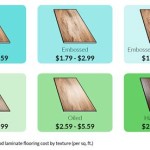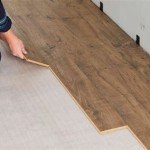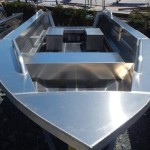Essential Aspects of Hardwood Flooring Installation Moisture Content
Installing hardwood flooring is a significant investment in beautifying and enhancing your home. However, to ensure the longevity and optimal performance of your new hardwood floor, it is crucial to pay close attention to the moisture content (MC) of both the flooring and the subfloor.
Moisture content refers to the amount of moisture present in the wood. Ideally, hardwood flooring should be installed at a moisture content that is close to the equilibrium moisture content (EMC) of the environment in which it will be installed. This EMC varies depending on the geographical location and climate conditions.
When the moisture content of the flooring is too high, it can lead to several problems. Excess moisture can cause the wood to expand, which can result in buckling, cupping, or gapping between the planks. Additionally, high moisture levels can create a favorable environment for mold and mildew growth, potentially compromising the integrity of the flooring and posing health risks.
On the other hand, if the moisture content of the flooring is too low, it can lead to shrinkage, which can cause the planks to separate and create gaps. This can compromise the structural integrity of the floor and make it more susceptible to damage from foot traffic and furniture.
Measuring Moisture Content
To ensure proper moisture content, it is imperative to measure both the flooring and the subfloor before and during installation. This can be done using a moisture meter, which is a specialized device that measures the electrical resistance of the wood to determine its moisture content.
The ideal moisture content for hardwood flooring varies depending on the species of wood and the installation environment. However, as a general rule, the moisture content of the flooring should be within 4% to 6%.
Acclimation
Acclimation is a crucial process that helps the hardwood flooring adjust to the moisture content of the installation environment. Before installation, the flooring should be stored in the room where it will be installed for a minimum of three days to allow it to acclimate to the ambient humidity and temperature.
Acclimation minimizes the risk of expansion or shrinkage after installation, ensuring a stable and durable floor that will last for years to come.
Subfloor Preparation
In addition to the moisture content of the flooring, it is equally important to consider the moisture content of the subfloor. The subfloor should also be dry and within an acceptable moisture content range. Excessive moisture in the subfloor can lead to problems such as mold growth, buckling, or delamination of the flooring.
Conclusion
Moisture content plays a vital role in the successful installation and long-term performance of hardwood flooring. By carefully measuring and controlling the moisture content of both the flooring and the subfloor, you can ensure that your new hardwood floor remains stable, beautiful, and durable for many years to come.

Parquet Flooring Moisture Testing Mm Carpentry Ltd

Why Flooring Installers Need To Measure Moisture Content In Wood Subflooring Hardwood Floors

Here S How Avoid Gaps When Installing Hardwood Floors

How To Measure Moisture In Hardwood Floors

Wood Flooring Moisture Content Affected From The Ground Up

The Correct Use Of Moisture Meters With Timber Floors

Properly Acclimating Your New Hardwood Floor All State Fooring Distributors

Flooring Installation Moisture In Wood Floors

Why You Should Pay Attention To Moisture In Wood

Humidity Factors To Consider When Installing A Hardwood Floor City Supply Blog
Related Posts








